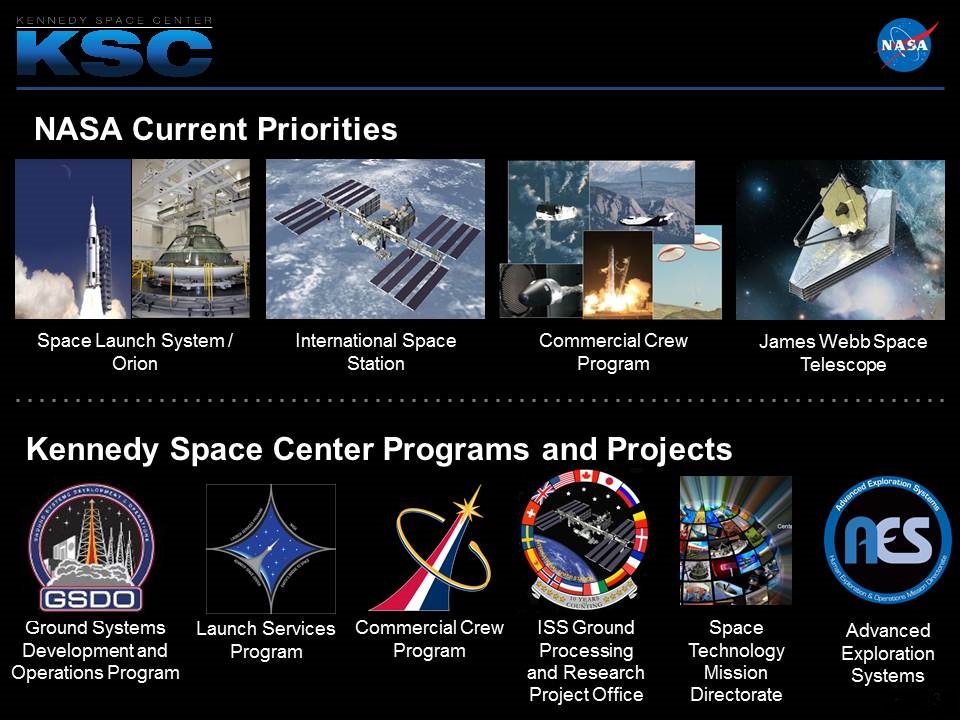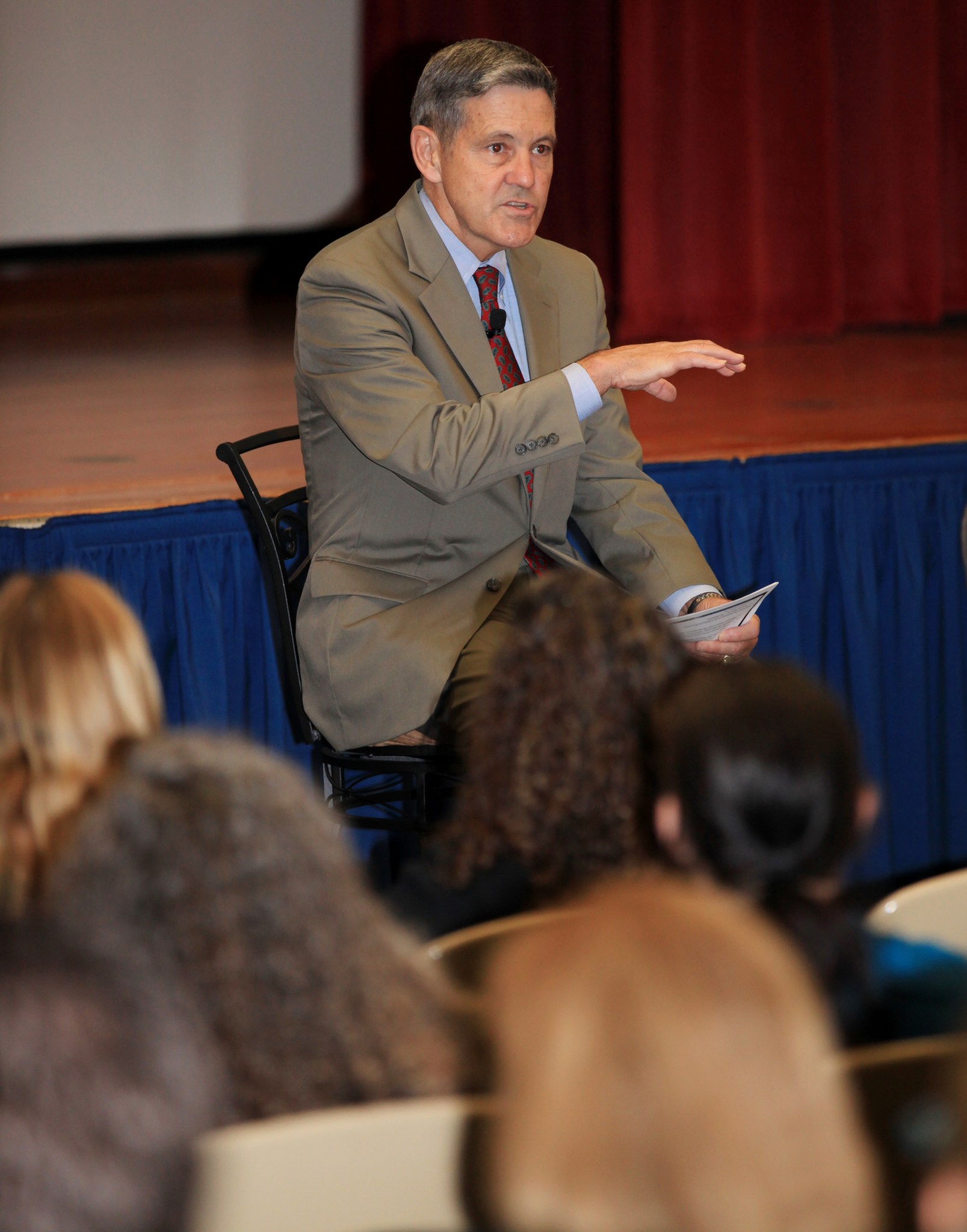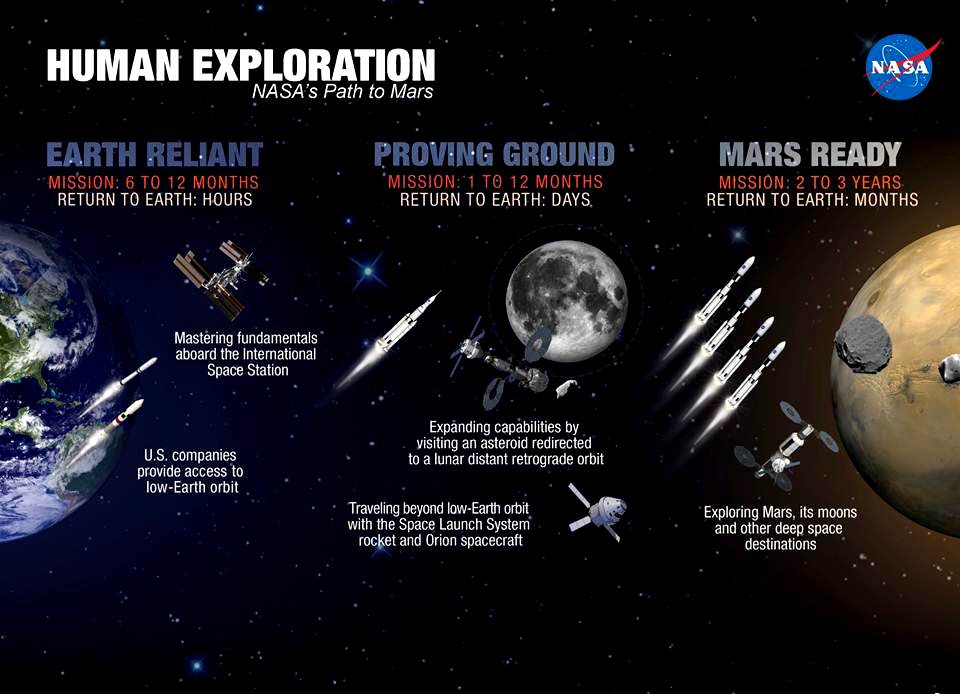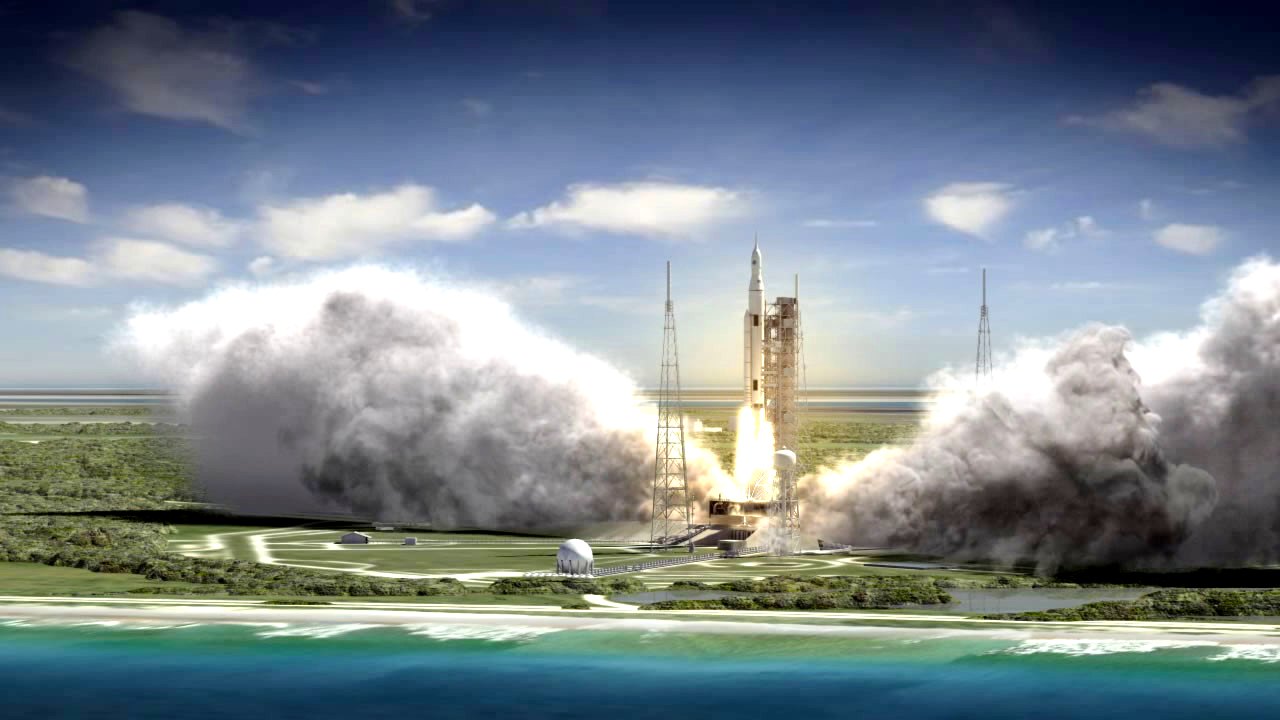Kennedy Space Center Director Bob Cabana recently announced several new initiatives to further streamline ongoing efforts to establish a multi-user spaceport and help meet America’s spacefaring needs well into the 21st century. Presentations to the center workforce took place during an all-hands meeting on May 29 and in messages sent to employees.
Cabana noted that Kennedy is making great strides in transitioning from a historically government-only launch facility to an affordable, sustainable, multi-user spaceport for both government and commercial customers. However, he noted that the environment is constantly evolving.

“We have to change if we are going to keep up and become more efficient and cost-effective,” he said. “Moving into the future is exciting and brings with it a number of opportunities and challenges, such as creating an exploration capability for pioneering beyond low-Earth orbit, enabling commercial partnerships, evolving the workforce and adapting to budget changes.”
Commenting on the importance of growth, President John F. Kennedy once stressed the need for continual change.
“History is a relentless master,” he said. “It has no present, only the past rushing into the future. To try to hold fast is to be swept aside.”
According to Cabana, the work that needs to be done has not changed, but the spaceport’s procurement strategy and organizational structure need to evolve to better support current and future NASA missions while promoting the advancement of commercial space efforts to achieve his vision of a spaceport that is positioned to meet future needs.
NASA’s top priorities are focusing on continued use of the International Space Station (ISS), development of the Orion spacecraft and the Space Launch System (SLS) launch vehicle, partnering with industry for the Commercial Crew Program (CCP) and launching the James Webb Space Telescope (JWST).
Plans now call for the ISS to continue in use until at least 2024, and perhaps beyond. Orion will launch atop the SLS, NASA’s new heavy-lift rocket. The spacecraft is designed to take humans farther than they’ve ever gone before, serving as the exploration vehicle that will carry astronauts to deep-space, provide emergency abort capability and sustain the crew during the space travel.
In CCP, NASA is partnering with private industry in developing spacecraft and rockets to transport astronauts to low-Earth orbit and the space station. The Launch Services Program continues to provide excellent services to NASA’s missions. Named for NASA’s second administrator, the JWST is a large space observatory that will be a successor to the Hubble Space Telescope and is projected to launch in 2018.
Cabana noted that a long-range agency goal is to reach Mars. The ISS and the Asteroid Redirect Mission will provide some of the first steps in that direction.
The asteroid initiative aims to robotically capture an asteroid and redirect it closer to the Earth-moon system. Astronauts will launch aboard an Orion spacecraft atop an SLS rocket to collect samples and explore the relocated asteroid.
“Our ultimate destination is to get humans on Mars,” Cabana said. “We’ve got a lot going on here at Kennedy. We are defining our future and we’re going to go exploring.”
To support these priorities, Cabana explained that the space center’s strategy must optimize similar functions and processes, address the agency’s flat funding profile, factor in the flight rate of NASA’s heavy-lift vehicle and work within emerging commercial markets.
“Over the past year, the senior management team has reviewed Kennedy’s organization and contract structure, seeking to enable more flexible, responsive and affordable services that best support the agency’s strategic goals,” he said.
Cabana stressed that Kennedy’s top challenges are to deliver on program and project milestones, transform into a multi-use spaceport and ensure a sustainable future for NASA while operating in the current budget environment.
“The budget environment is a real challenge,” he said. “Our budget is essentially flat for the next five years. It escalates by one percent, but our costs keep going up three to three-and-a-half percent each year.”
Several of Kennedy’s major institutional support agreements, the Institutional Services Contract, Information Management and Communications Support Contract, and the Medical and Environmental Support Contract, are past their respective base periods. Cabana pointed out that the center, along with contractor partners, has done a commendable job of reducing operating costs, however more is needed. The workload and requirements have not changed, but Kennedy will change its contracting approach to address budget uncertainty.
Cabana also announced plans to align NASA’s organizational structure at Kennedy. The strategy includes ensuring a flexible workforce to address the upcoming transitions. Employees also must be trained to support new efforts. Multiple programs will necessitate moving engineers between development and operations, between facilities and ground systems, and between programs or commercial businesses. An example is Kennedy’s Ground Systems Development and Operations Program, which is evolving from a design and development stage to verification and validation phase.
Changes to the space center’s organizational structure include the new Research and Technology Projects Office led by Josie Burnett, currently the director of the ISS Ground Processing and Research Project Office. The new directorate will include Burnett’s former organization along with the Research and Technology Management Office, Information Technology’s Tele-science group and Kennedy’s Swamp Works. The Swamp Works establishes rapid, innovative and cost-effective exploration mission solutions through partnerships across NASA, industry and academia.
The spaceport’s Center Operations Directorate will be reorganized, bringing in transfers from the Ground Processing Directorate and establishing a Host Implementation Team to support commercial users.
The Engineering Directorate will establish a Construction of Facilities Division, and assume responsibility for the Design Visualization Laboratory. In addition, an independent team will assess the overall organizational structure.
Education and External Relations will combine with Public Affairs, becoming the Communication and Outreach Directorate.
The Ground Processing Directorate will be blended into other center organizations.
Cabana explained that with the support of the Organizational Development Steering Team, Pat Simpkins, who previously headed up the Ground Processing Directorate, will be working to ensure a smooth transition for the center’s civil service reorganization.
“I know how difficult and challenging change can be,” Cabana said, “but I believe these changes will position us better for future success as Kennedy continues to evolve.”





























